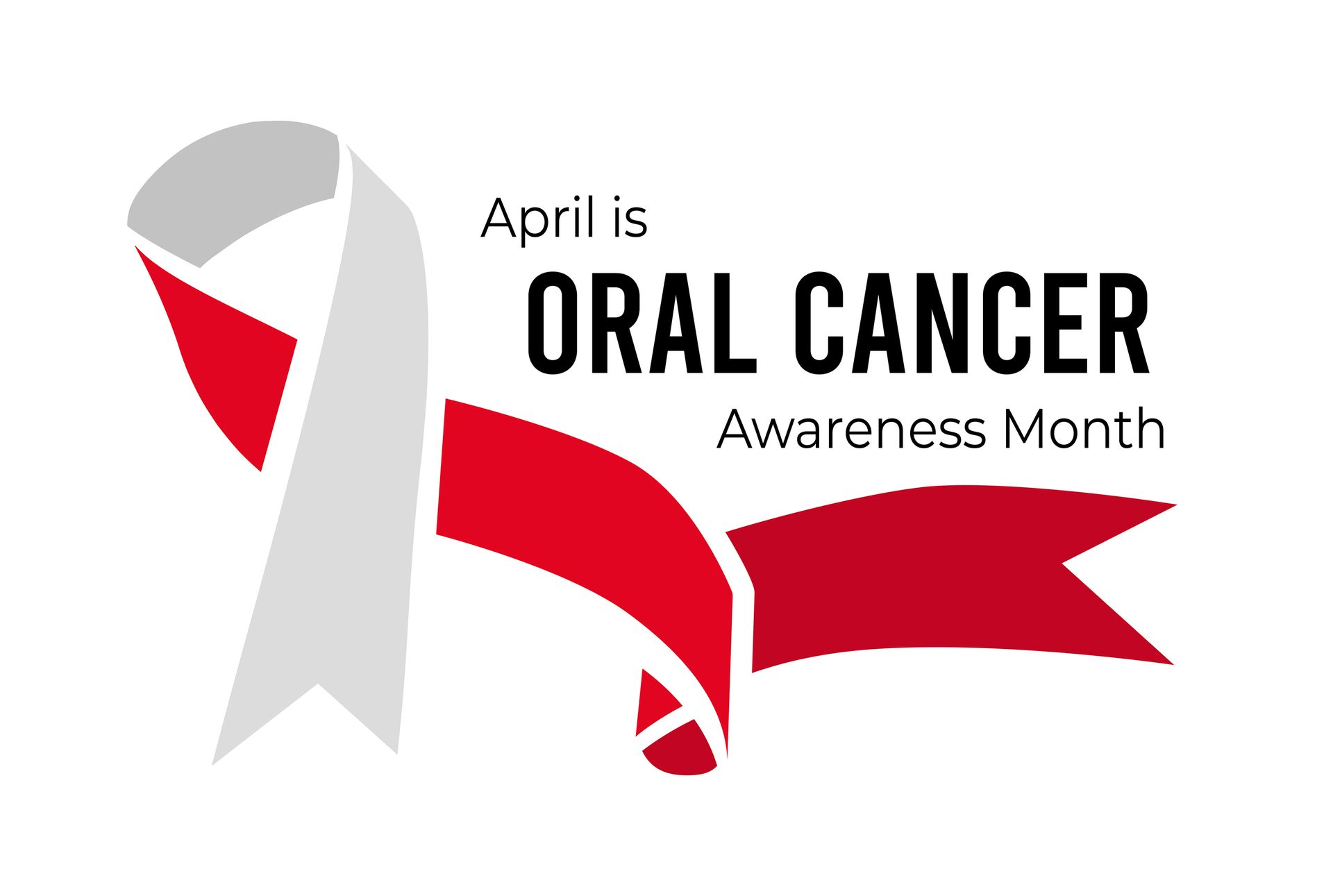Brighten Your Smile On The GO! The Ultimate Guide to Whitening Pens: How They Work, Benefits, and Usage
In the quest for a brighter smile, teeth-whitening products have become increasingly popular. Among the various options available, whitening pens stand out for their convenience, ease of use, and effectiveness. This article provides a comprehensive guide to whitening pens, covering how they work, their benefits, how to use them correctly, and some considerations to keep in mind.

What Are Whitening Pens?
Whitening pens are portable, pen-shaped tools filled with a whitening gel, usually containing peroxide-based ingredients like hydrogen peroxide or carbamide peroxide. These ingredients are known for their ability to break down stains on the enamel, resulting in a whiter appearance. Whitening pens are designed for easy application, making them a popular choice for those looking to whiten their teeth on the go.
How Do Whitening Pens Work?
The primary ingredient in most whitening pens is hydrogen peroxide or carbamide peroxide. These peroxides penetrate the enamel and break down the molecules that cause discoloration. The chemical reaction that occurs helps lift stains from the teeth’s surface, leading to a whiter appearance.
Here’s a step-by-step breakdown of how whitening pens work:
1. Application: The gel from the whitening pen is applied directly to the teeth. This is usually done by twisting the pen to dispense the gel onto a brush or applicator tip.
2. Oxidation: Once applied, the peroxide in the gel begins to work by oxidizing the stains on the teeth. This process breaks down the molecular bonds of the stains, making them less visible.
3. Whitening: Over time, as the stains are broken down, the teeth appear whiter. Results can vary depending on the concentration of the peroxide and the duration of use.
Benefits of Using Whitening Pens
Whitening pens offer several advantages over other teeth-whitening methods:
1.Convenience: Their compact size makes them easy to carry in a purse or pocket, allowing for quick touch-ups anytime, anywhere.
2.Ease of Use: The pen’s applicator makes it simple to apply the whitening gel precisely where needed, reducing the risk of uneven whitening or gum irritation.
3.Cost-Effective: Compared to professional whitening treatments or even some over-the-counter kits, whitening pens are relatively affordable.
4.Quick Results: Many users report seeing noticeable results within a few days of regular use, making them ideal for those seeking a fast improvement in their smile.
5.Gentle on Teeth: Most whitening pens are designed to minimize tooth sensitivity, a common issue with other whitening products.
How to Use Whitening Pens Correctly
To achieve the best results with a whitening pen, follow these steps:
1.Preparation: Start with clean, dry teeth. Brush your teeth thoroughly and use a tissue or cloth to dry the surface of your teeth. This ensures the whitening gel adheres properly.
2.Application: Twist the pen to dispense the gel onto the applicator tip. Carefully apply the gel to each tooth, avoiding the gums as much as possible. Some pens require you to keep your mouth open for a minute or two to allow the gel to dry.
3.Avoid Eating or Drinking: After application, avoid eating or drinking for at least 30 minutes. This allows the gel to stay on the teeth and continue working without being washed away.
4.Frequency: Follow the product instructions for how often to use the pen. Most whitening pens recommend using them once or twice a day for a period of one to two weeks for the best results.
Considerations and Potential Drawbacks
While whitening pens are effective and convenient, there are some things to keep in mind:
1.Temporary Results:
Whitening pens provide temporary results. They are great for quick touch-ups or short-term whitening, but the effects may fade over time, especially if you consume staining foods or beverages.
2.Sensitivity: Although many pens are formulated to reduce sensitivity, some users may still experience discomfort. If you have sensitive teeth, look for a pen specifically designed for sensitivity.
3.Not as Powerful as Professional Treatments: While effective for surface stains, whitening pens may not be as powerful as professional whitening treatments done by a dentist. For more severe discoloration, a professional treatment might be necessary.
4.Not Suitable for All: Whitening pens are generally not recommended for those with dental restorations like crowns, veneers, or fillings, as the whitening gel does not affect these materials. Additionally, they should not be used by pregnant or breastfeeding women without consulting a dentist.
Choosing the Right Whitening Pen
When selecting a whitening pen, consider the following:
1.Active Ingredients:
Check the concentration of peroxide in the pen. A higher concentration might yield faster results, but it can also increase the risk of sensitivity.
2.Brand Reputation: Choose a pen from a reputable brand. Look for reviews and testimonials from other users to ensure the product’s effectiveness and safety.
3.Ease of Use: Some pens offer features like a brush tip or click mechanism that make application easier. Choose a design that fits your preferences.
4.Flavor: Whitening gels come in various flavors. If you’re sensitive to taste, you might want to choose a pen with a mild or pleasant flavor.
Conclusion
Whitening pens are a popular, effective, and convenient option for achieving a brighter smile. They work by applying a peroxide-based gel to the teeth, which helps break down stains and whiten the enamel. While they offer many benefits, including ease of use and cost-effectiveness, it’s important to use them correctly and be aware of their limitations. By choosing the right pen and following the recommended usage instructions, you can enjoy a whiter smile with minimal hassle.




